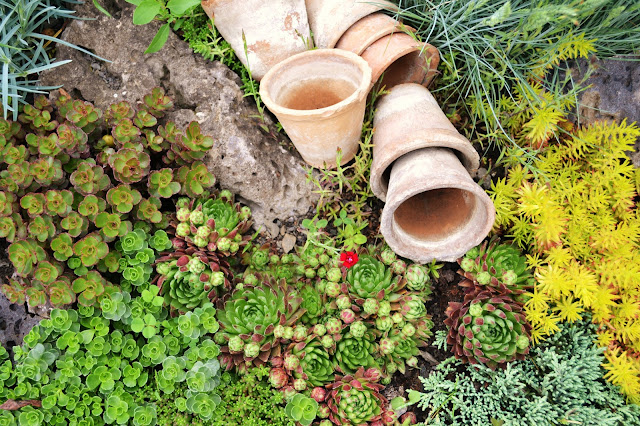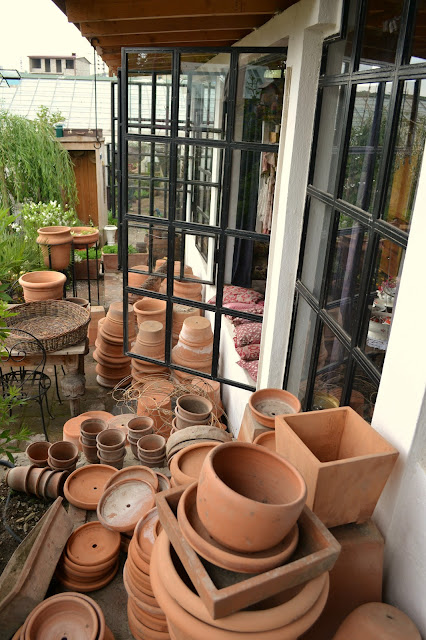Friday, 31 May 2013
Moving day, part 2
Big changes. In the States we lived in a house with just barely 1000 sq. ft., and in Tbilisi we were issued a house with over 5000 sq. ft. It didn't take long to realize that it wasn't a good fit, it felt more like a hotel than a home. Changing residences under hubby's employer is lengthy and tedious, but finally, after three months of process, we are in our new home. That doesn't necessarily mean that all our stuff is in our place yet, though.
We thought we'd save a little cash and do the move mostly on our own. THWUMP! (That's the sound of the proverbial sock in the stomach that was our move) It was nonstop tedious work that just went on and on and, while in the middle, felt like it would never end. It couldn't possibly work--like in college at the beginning of finals week: the persistent ominous dread.
But somehow time passes, many long days of work add up, and a moment arrives when you're pretty sure you're past halfway done. Then 2/3. Then before you know it, you're on the last load . . . at least you think you are, but actually there's still just one more. And one more after that. And then the phone call from the cleaners that you didn't empty a drawer and you left the ironing board. And so it goes. And so passed the month of May with only four blog posts.
Fortunately the benefits of our new home, which is actually an apartment, far outweigh the hassle of the move. In addition to manageable square footage, we are now within walking distance of school, which means I may retire as fulltime taxi driver. We also have ironbar-free windows, more light, a well laid-out modern kitchen, and several balconies that add to our living space. After five months in Georgia, we are finally getting settled.
Saturday, 11 May 2013
The Chronicle of Georgia
We teamed up with our former driver to visit, among other things, The Chronicle of Georgia--a massive work of sculpture the locals also refer to as "Stonehenge". It was started in 1985 by Zurab Tsereteli, and remains partially incomplete. Tsereteli is a Georgian-born, Soviet-trained sculptor who has lived a prolific nearly 80 years. His sculpture is mostly found across the Former Soviet Union with some pieces in North America.
It is massive. The top two-thirds of the columns feature important figures from Georgian history--kings, queens, heros, martyrs, etc.-- and the bottom tier depicts stories from the life of Christ. With a vast majority of the population practicing Orthodox Christianity--since the fourth century--their national narrative is fully intertwined with their religion.
The Chronicle of Georgia can be seen from all around Tbilisi, but DT told us few Georgians have actually seen it up close. It was a ghost town on this particular Saturday, and felt more like a tomb than a national monument. Tsereteli's work is often controversial and "blamed and mocked for being incongruously pompous and out of proportion," but we appreciated the idea of preserving a national narrative through sculpture.
The hilltop location features fantastic views of the Tbilisi Sea, which is not really a "sea" at all, nor even a real lake, but a reservoir.
But the girls were hardly interested in the monument, or the sea . . . or the "lake" . . .
SPRING was in full bloom on the hillside,
and they had eyes for nothing else.
We were bombarded with bouquets of wildflowers,
And obliged to comply.
It was ultimately the perfect balance to our family field trip--the cold lifeless stone heralding figures long dead, surrounded by hillsides bursting forth with delicate life renewed.
Friday, 10 May 2013
Gardenia
Outside the city near the Tbilisi Sea exists a magical place where every square inch is carefully tended and artfully arranged. I've not seen its equal (or even it's playing field) anywhere in Georgia. It takes incredible vision and a dedicated team to create such a place; and indeed the Gardenia Nursery is a labor of love for owner Zurab Shevardnadze.
The Caucasus has long been known as a supplier of plants for the rest of Europe. Shevardnadze boasts only plants of local origin, yet the variety is staggering. Everywhere you look your eyes are met with exquisite combinations of color and texture,
playful vignettes,
and layered scenes.
The array of plants, pots, and antiques suggests a harmonious blending of interior and exterior living space.
Over an acre trees, shrubs, vines, and flowers are immaculately arranged in clusters and rows, and the lush greenhouse appears to extend to the horizon.
There is also a cafe for enjoying tea and cake in the garden.
Beguiled by beauty, we'll soon return.
Sunday, 5 May 2013
Georgian Orthodox Easter
This year the Orthodox Easter arrived a month after the rest of the western Christian world. These little bundles of sticks--roots from the Rubia plant--started to appear at every fruit stand. They produce the red pigment for dying eggs. We decided to give them a try.
After scrubbing the roots very clean, I pounded them to release the magic--a lump of granite I found outside worked perfectly. Then the roots simmered in a large pot of water.
The mixture turns deep crimson after some time, and when cooled it can be used for hardboiling the raw eggs.
I was surprised how well they turned out. The eggs were a beautiful dark red and, miraculously, the natural dye does not penetrate the shell, so the eggs inside are perfectly white when peeled. The Georgians usually place the dyed eggs on a plate of sprouted green wheat grass (which they start growing a week or so beforehand). The red color of course signifies Christ's blood, and the eggs and wheat grass represent new life. Such beautiful symbolism, I wish I had sprouted grass, but I'll surely do it next year.
I couldn't help but stop and compare it with the synthetic pastel dyes, jelly beans, and fake grass we employ in the States, and marvel at the vapid commercialism that has replaced this purely religious holiday.
Easter is the most significant holiday in Georgia. Many Georgians observe Lent by abiding an essentially vegan diet for 40 days. On Easter morning they attend a church service that begins at midnight, so they can start the holiday right. These services can go till four in the morning. To break their fast they eat the eggs with Paskha, an Easter cake baked only during this season for the holiday.
Then the whole city shuts down for the weekend and everyone decamps to the local villages from whence they originated to visit the gravesites of deceased family members. They hold a feast in their honor, and they actually bring a table with all the supra fixings to the cemetery and eat onsite. And those red eggs aren't all holy symbolism, the children play a cracking game wherein whoever's egg stays intact keeps the loser's.
We enjoyed learning about new ways to observe a holiday we already hold sacred, and look forward to incorporating some of these traditions into our family practice.
Subscribe to:
Posts (Atom)
Moscow Metro
Sunday morning, roads closed, headed to church on the Metro. All the big in-town events seem to happen on Sundays--marathons, parades a...

Search This Blog
-
We went for a walking tour of Old Tbilisi, some parts old er than others, and when we came to a vacant lot our guide pointed out that ther...
-
This guy managed to plan a surprise outing to a classy place on a certain somebody's recent birthday. With cloth napkins and lot...
























